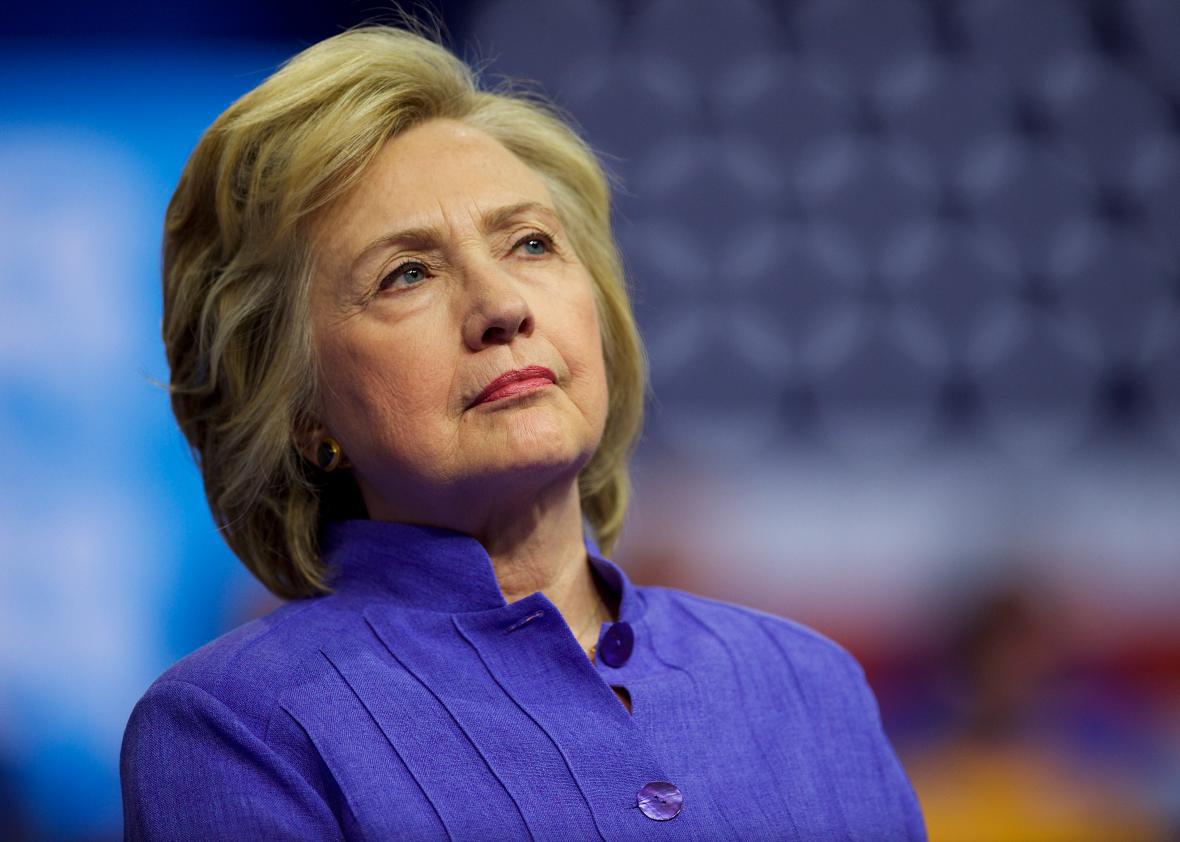Hillary Clinton continues to hold a considerable advantage in the presidential race, but her chances of winning are not as large as they once were. An analysis of polling data by Reuters/Ipsos shows the candidates running “nearly even” in the Electoral College count now that Donald Trump is projected to win Florida. If the election were held today, Clinton’s chances of victory by 18 electoral votes are at 60 percent, which is still significant but a far cry from last week’s 83 percent.
Those decreased chances reflect how Pennsylvania has gone from a likely Clinton win to a toss-up. At the same time though, Ohio has gone from being a toss-up state to a likely Clinton win.
National tracking polls are also showing a tight race. The UPI/CVoter daily presidential tracking poll, for example, showed Donald Trump with a statistically insignificant lead for the 11th straight day. The poll shows Trump with 47.62 percent compared with Clinton’s 47.01 percent. Reuters’ national poll has Clinton at a slight advantage, 42 percent to 38 percent.
These latest numbers were released a day after a CBS News/New York Times poll showed Clinton with just a two-point advantage over Trump among likely voters. When third-party candidates are thrown into the mix, the race is tied, according to the poll. The RealClearPolitics poll average is also reflecting this closer race and is now giving Clinton a lead of a mere 1.5 percentage points. Some analysts say the numbers reflect a general lack of excitement for Clinton as a candidate. “There is an enthusiasm gap,” said Patrick Murray, director of the Monmouth University Polling Institute in West Long Branch. “We are seeing a likely voter model that’s benefitting Trump.”
Although some Democrats have started to panic, Trump’s improvement in the polls could end up hurting him. The New Yorker’s John Cassidy explains:
Of course, some people might vote for Trump even though they consider him unqualified—perhaps because they think Clinton is even less qualified, or because they simply dislike her. But Trump still faces a basic conundrum: How can you win an election when your approval rating is under forty per cent and your disapproval rating is the highest of any Presidential candidate in recent history?
In the past couple of weeks, thanks to more discipline on his part—along with disaffected Republicans returning to the fold, and some assists from the Clinton campaign—it has looked like Trump may have found a way to square the circle. But now that the prospect of him sitting in the Oval Office is a more real and salient one, the dynamics of the contest are different. And they could well turn against him.
